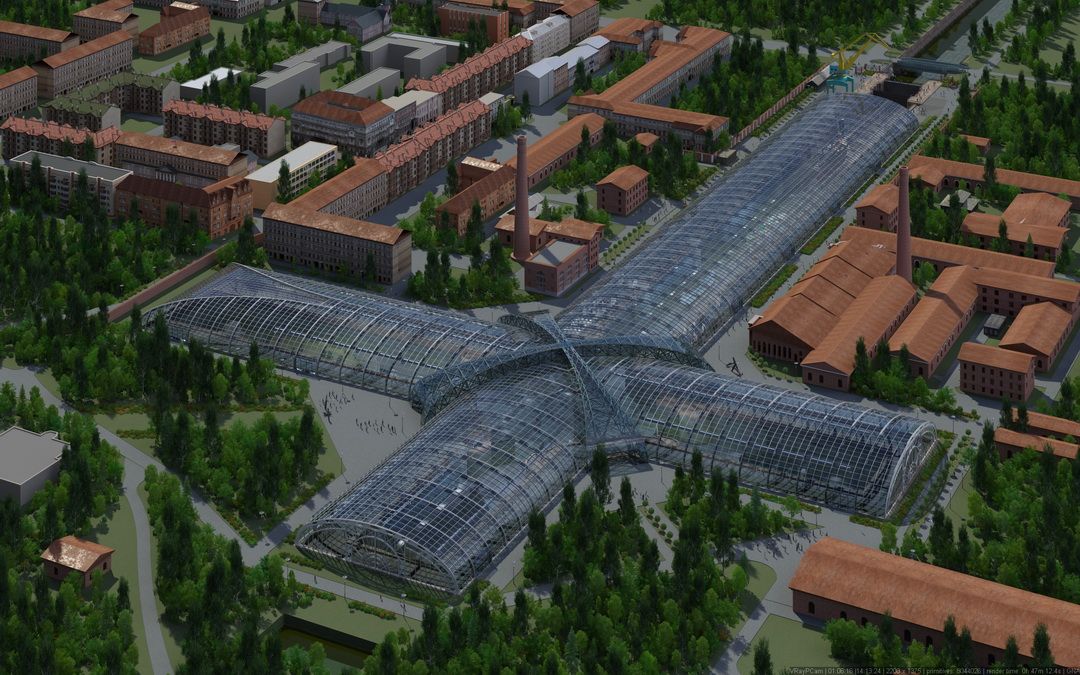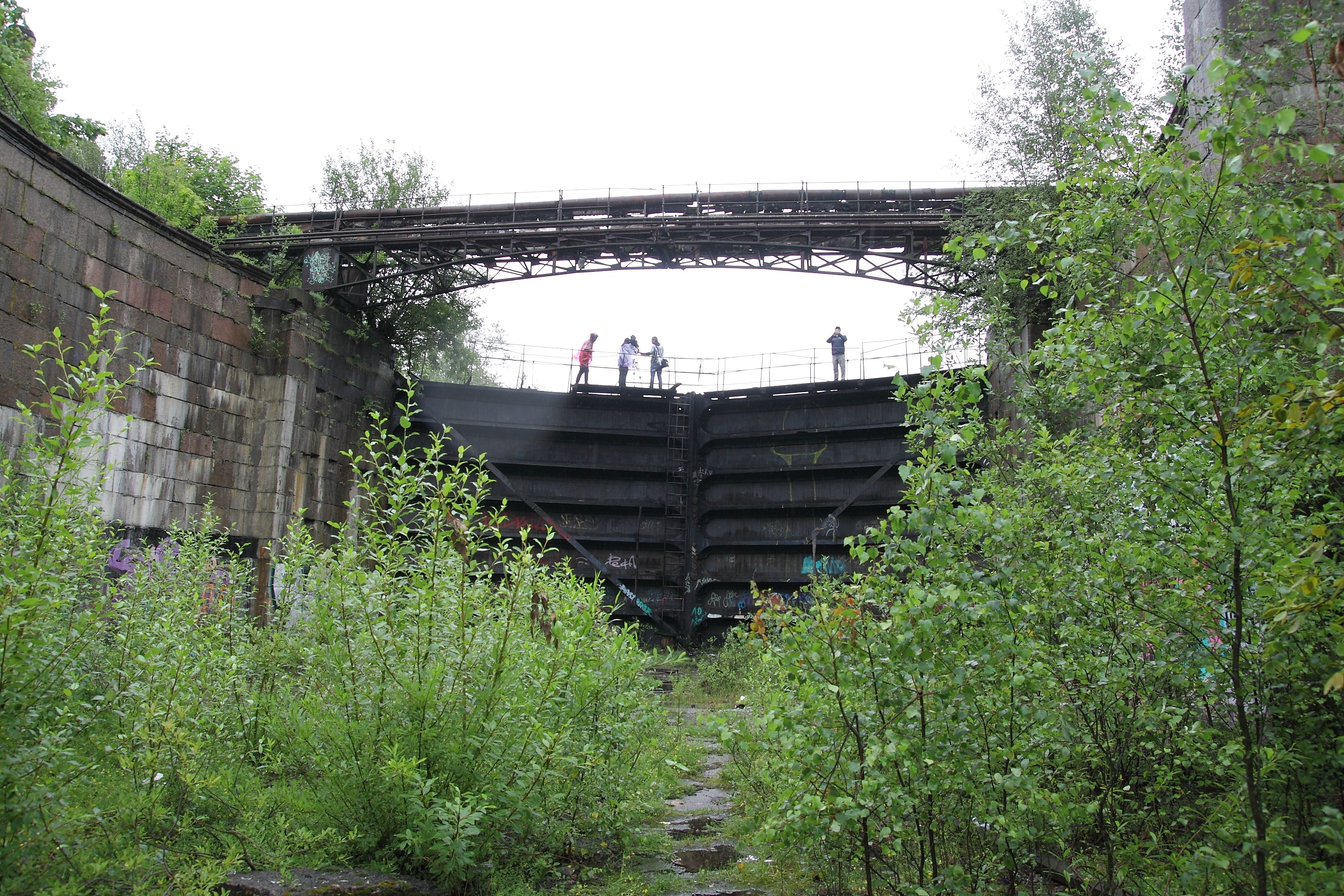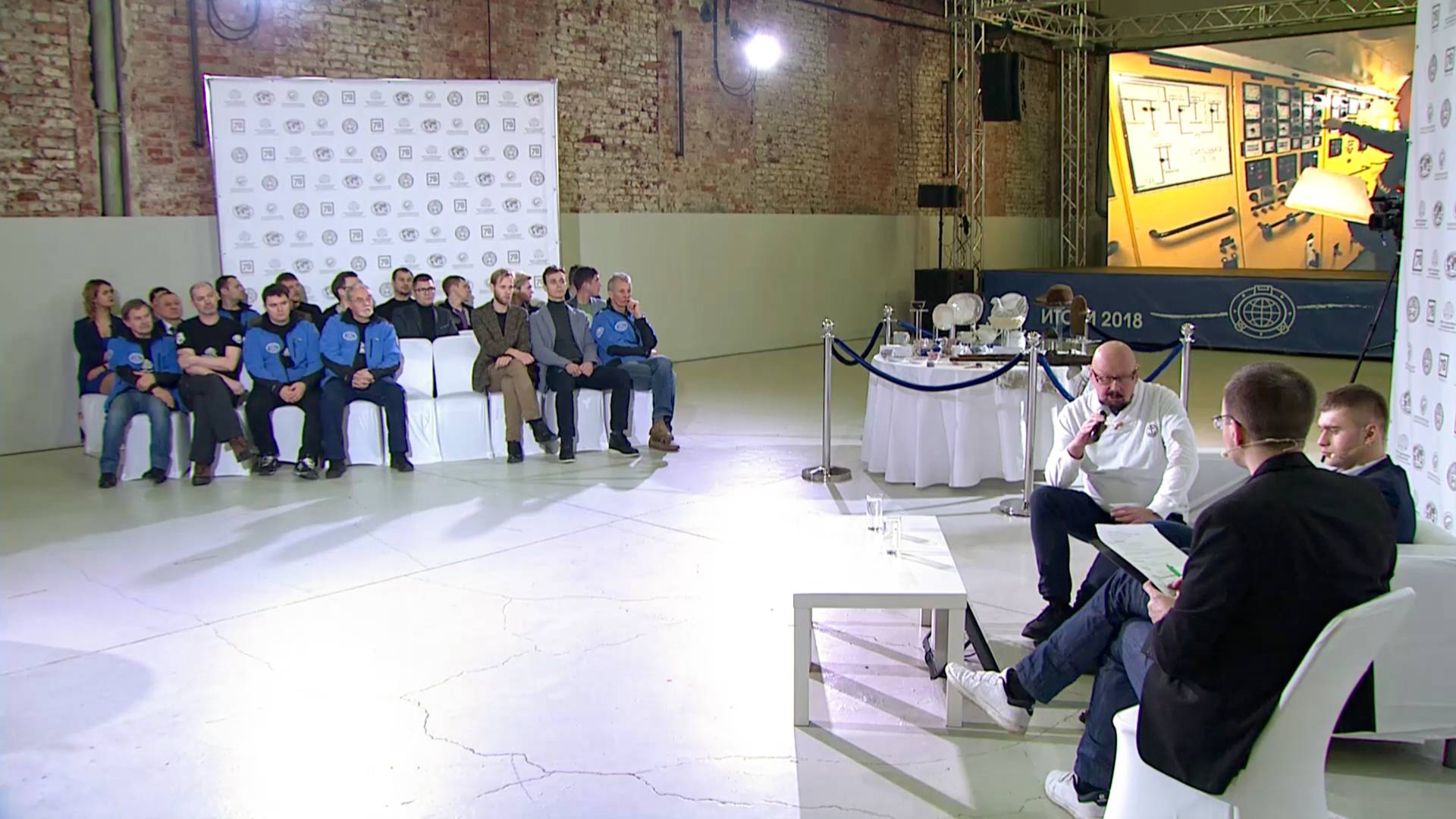There are very few underwater archaeology museums in Russia, and when it comes to full-scale scientific centers there aren’t any at all. This is more than strange for the “Russian Maritime capital”, St. Petersburg, situated along the shores of the most ancient sea passages. The Underwater Research Center of the Russian Geographical Society considers one of its main objectives as the creation of an Underwater archeology museum at the Dock of Peter the Great in Kronstadt, where the applied science department of the research facility will be situated.
The Museum has already been labeled as the Museum of sunken ships by journalists, which is partly quite right - its exhibition will include artefacts recovered from all-over the global ocean, as well as the remains of ships found during expeditions performed by the URC RGS.
The idea of using Peter's dock has been discussed amongst professional museum and restoration communities for quite a long time. The grandiose monument, a striking example of hydraulic structures engineering of the first half of the XVIII century –Peter's dock was founded under the main Tsar-sailor, Peter the Great in Kronstadt. It was intended for repairing ships and was then considered an advanced technical facility.
Emperor Peter was not destined to see the opening of the dock. Construction works were completed only in 1752. A few decades later the first Russian steam engine for pumping water was installed, through which it became possible to drain the canal and pool much faster. It is noteworthy that Peter's dock worked as designed up to the XXI century, then for about ten years it has been dilapidated and only recently it hasbecome a branch of the Kronstadt History Museum. Thanks to the active cooperation of museum workers, restorers and representatives of the Underwater research center of the Russian geographical society, now the XVIII-centurydock should become a unique museum and scientific center.
According to the project developed by St. Petersburg Institute "Lenproektrestavratsiya", Peter's dock will be restored, divided into exhibition sections and covered with a giant glass dome. First of all, this will ensure the best preservation of the Dock itself, as a cultural heritage site of federal importance. The upper level of the covered dock will be adapted for thematic and context exhibitions. To see the main exhibits of the Museum complex, one would have to descend underwater. This is a key point. The fact is that the wrecks, which have been lying on the sea bed for years and years, once being recovered to the surface, get in contact with oxygen which forces them irreversibly deteriorate. The creation of the Underwater archeology museum at Peter's dock with its canals and tanks will allow the exhibition of the wrecks "in their now natural environment" as if in the Seaquarium. No museum in the world has such exhibits. Visitors will be able to move through the transparent galleries and view the exhibits as if the latter were still resting on the seabed. At the same time, the objects will be studied by specialists without having to be removed from the exhibition. In addition to the museum area, there will be a scientific cluster comprising of the research, restoration and conservation departments, joined together under the glass dome of Peter's dock. On top of that, classrooms, a conference hall, laboratories and a library will be situated in the scientific premises.
A testing area is definitely needed for such a large-scale ambitious project where all the unique factors would be taken into account. Such a testing site will be created inside the city water tower at the History museum of Kronstadt, where it would be possible to implement and master the unique technology of showcasing the wrecks in the water environment.
If everything goes well, the long-awaited Underwater Archaeology Museum in Kronstadt should be ready to open its doors in 2022, undoubtedly becoming the intellectual center for all Russian underwater archeology.
Arranging the museum future collection and creating a full-fledged scientific complex on its basis comprises an important part of the cultural and educational direction in the activities of the Underwater Research Center of the Russian Geographical Society. The Center specialists will select potential exhibits, most of which are still resting in the darkness of the Baltic sea. By now, about 200 of such rare objects have been discovered and some of them will take their lawful place among exhibits of the future Underwater archaeology museum.











